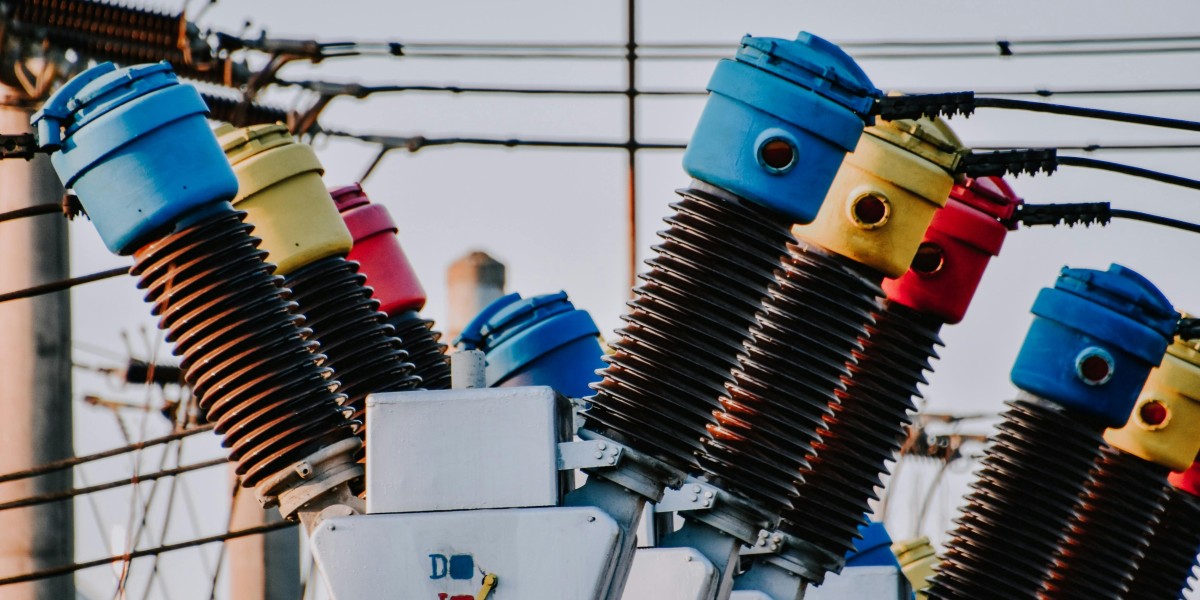In the world of electrical engineering, substation design is a critical component that ensures the safe and efficient delivery of electricity from power plants to homes and businesses. A well-designed substation acts as a vital link in the electrical transmission and distribution system, handling high voltages and protecting networks from faults and overloads.
What is Substation Design?
Substation design involves planning and building facilities where voltage is transformed from high to low, or the reverse, using transformers. These substations also serve as points where protection, control, and switching of electrical circuits take place. Designing a substation requires careful attention to technical, safety, and environmental factors.
Key Components of Substation Design
Transformers: Change voltage levels to enable safe transmission and distribution.
Circuit Breakers and Switchgear: Protect the system from faults by interrupting power when necessary.
Busbars: Conduct electricity within the substation and distribute it to outgoing lines.
Control Systems: Monitor and manage the performance of electrical equipment.
Protection Systems: Detect and isolate faults to maintain system stability.
Types of Substations
Depending on the purpose and voltage level, there are several types of substations:
Transmission Substations: Step down high voltages for long-distance transmission.
Distribution Substations: Step down voltages for local delivery to consumers.
Collector Substations: Used in renewable energy plants like wind or solar farms.
Challenges in Substation Design
Modern substation design faces challenges such as space constraints, environmental regulations, growing demand for renewable energy integration, and the need for cybersecurity. Designers must also consider cost-efficiency, safety, and future expansion possibilities.
Conclusion
Substation design is the backbone of a reliable power grid. As the energy industry shifts towards smarter and greener solutions, innovative substation designs will be key to meeting the future demands of electricity consumers worldwide.



